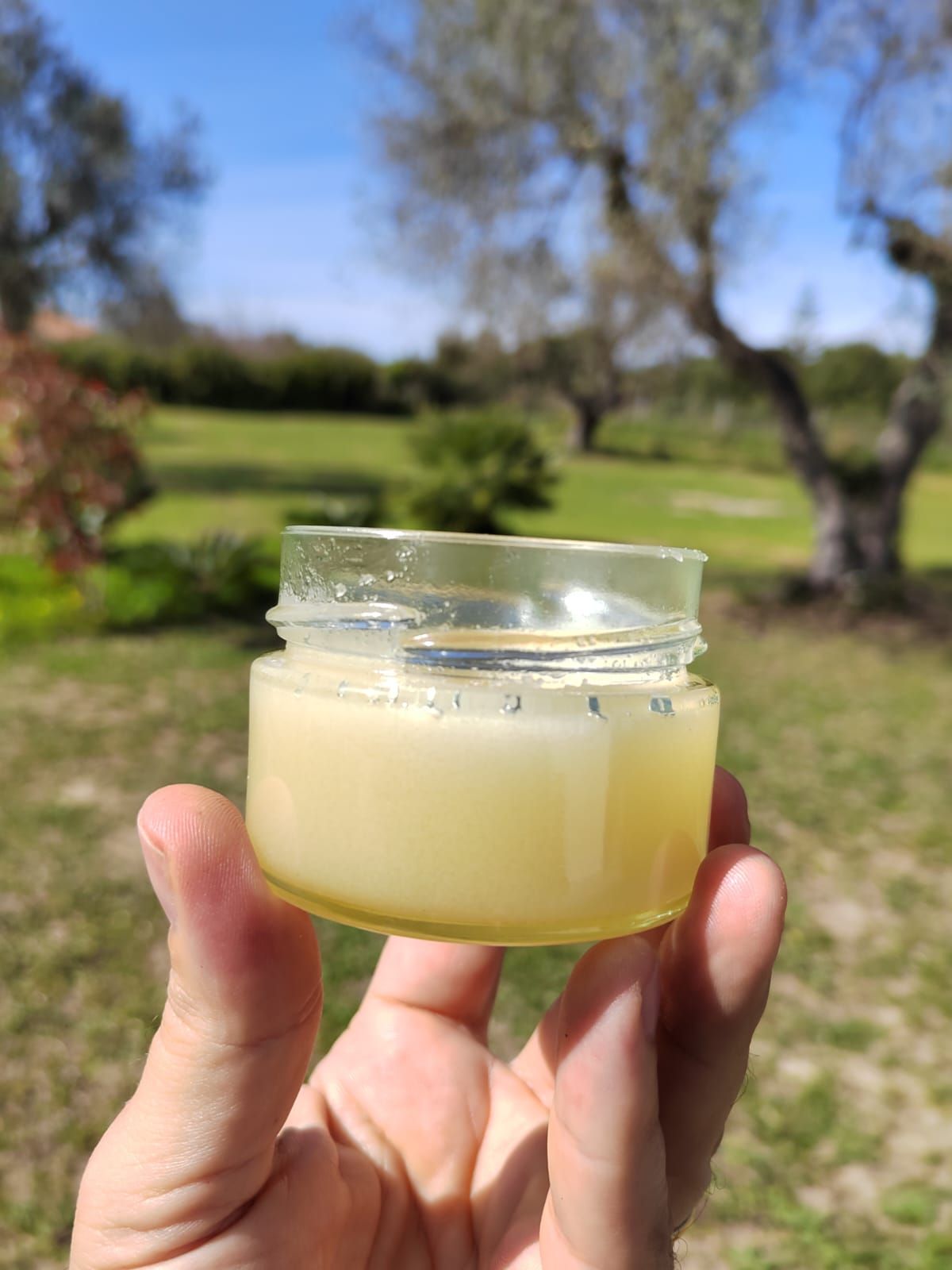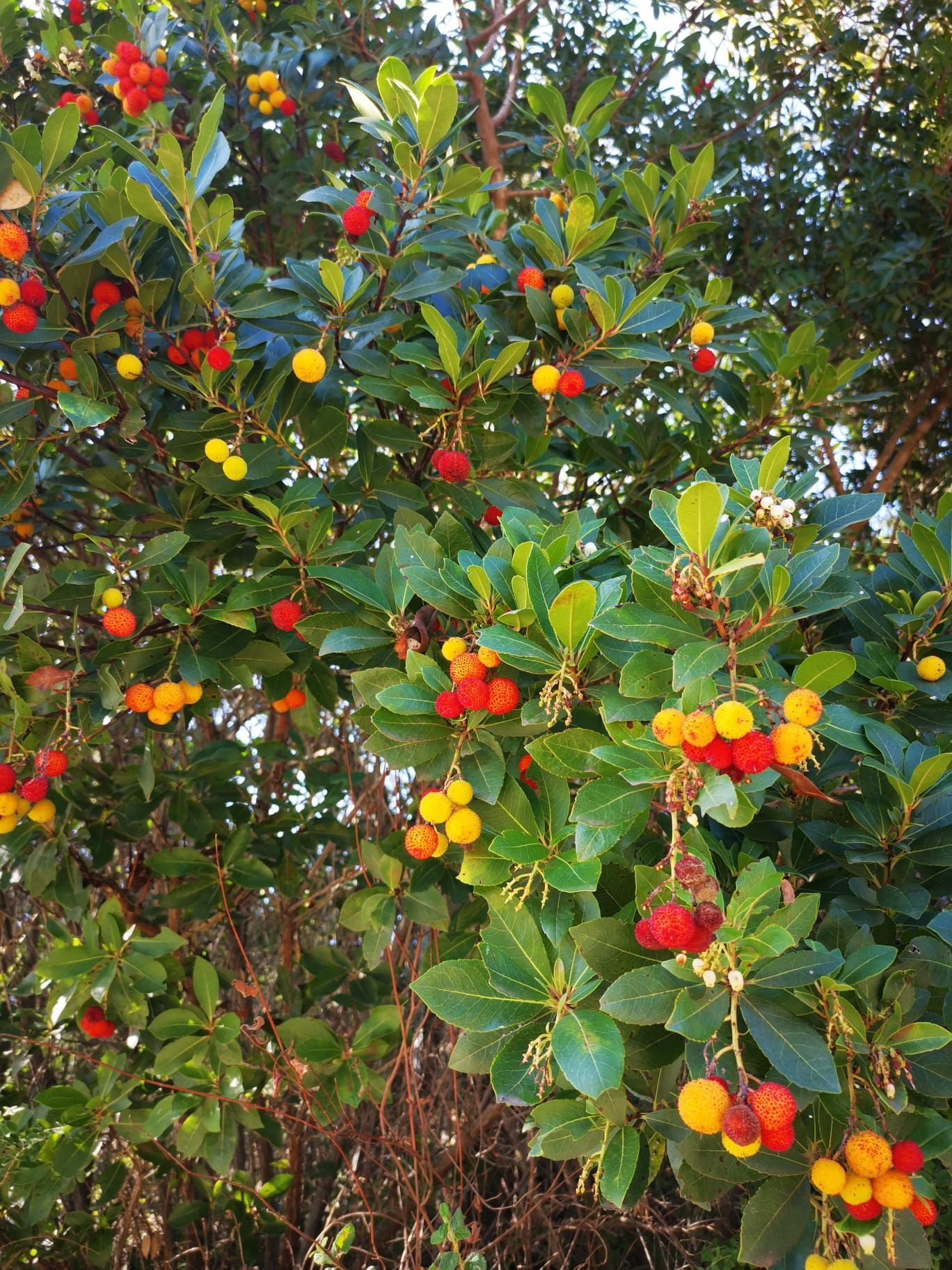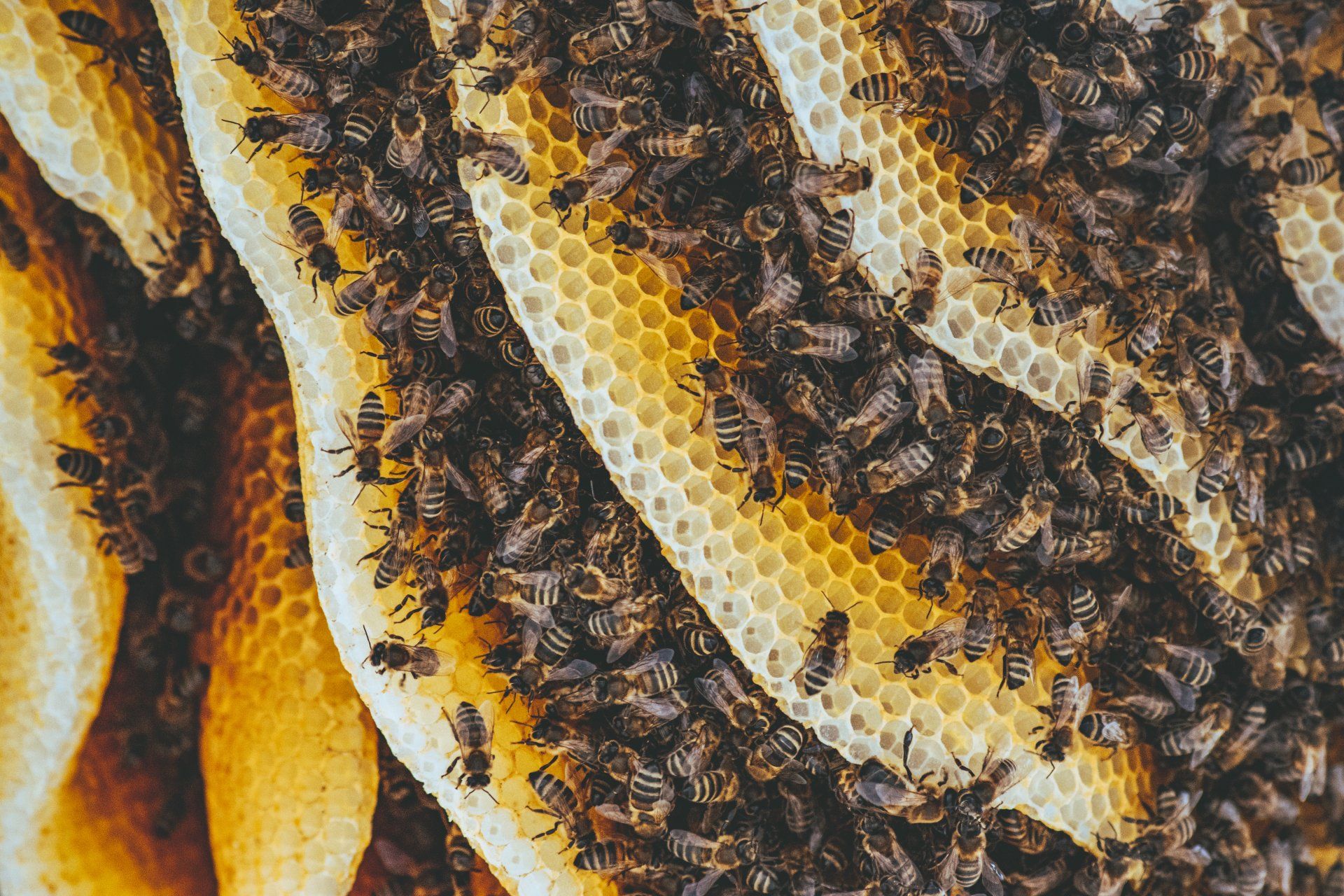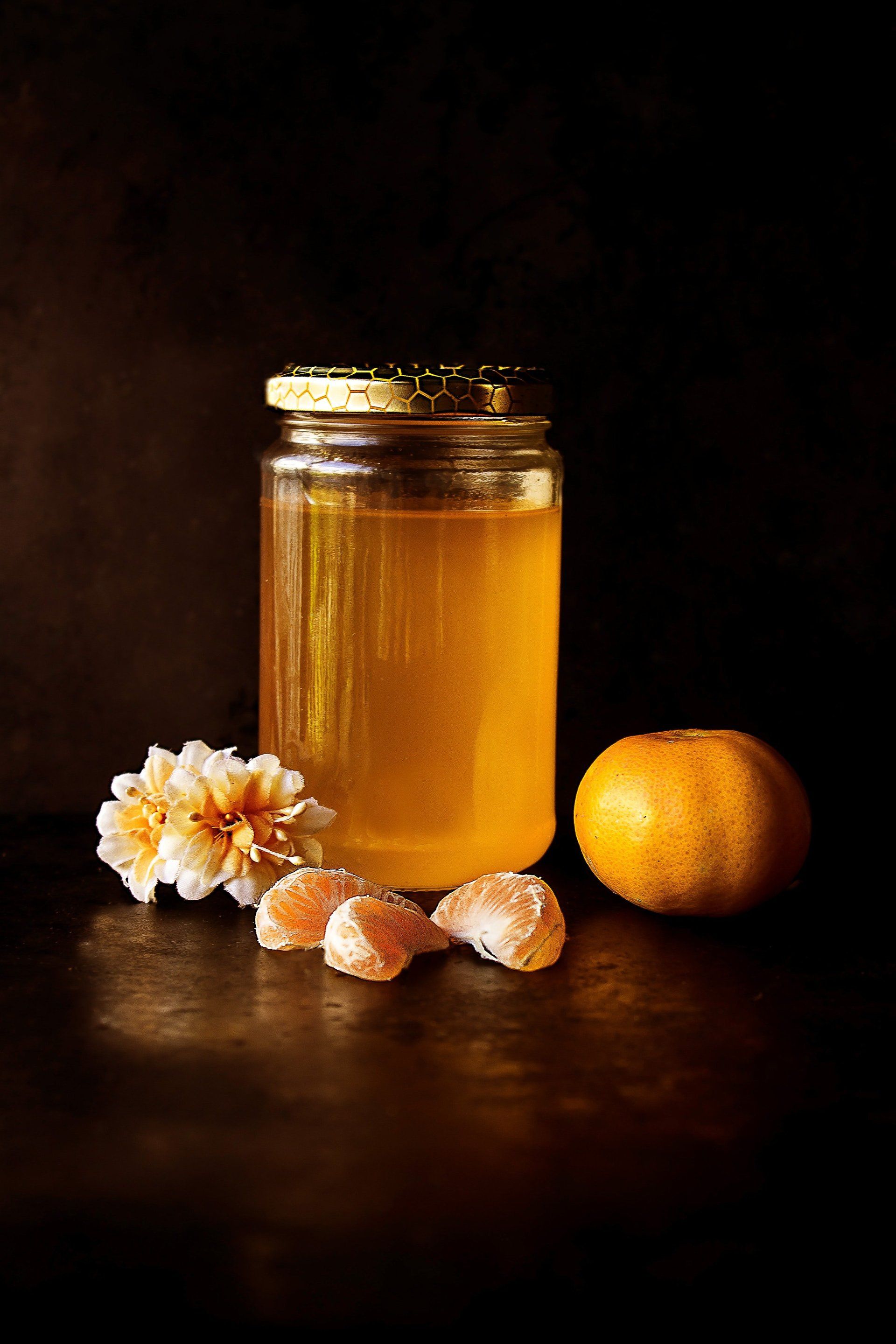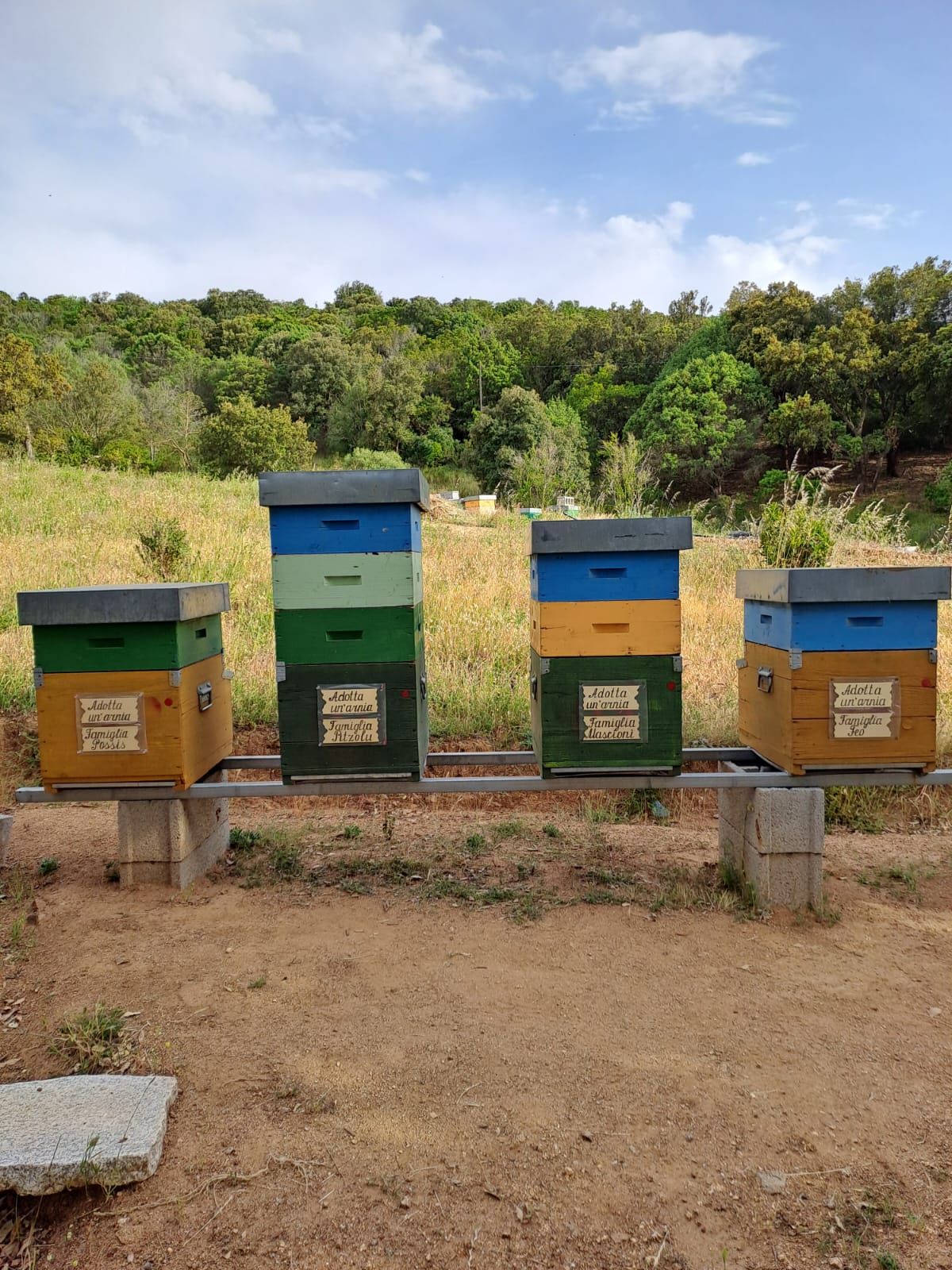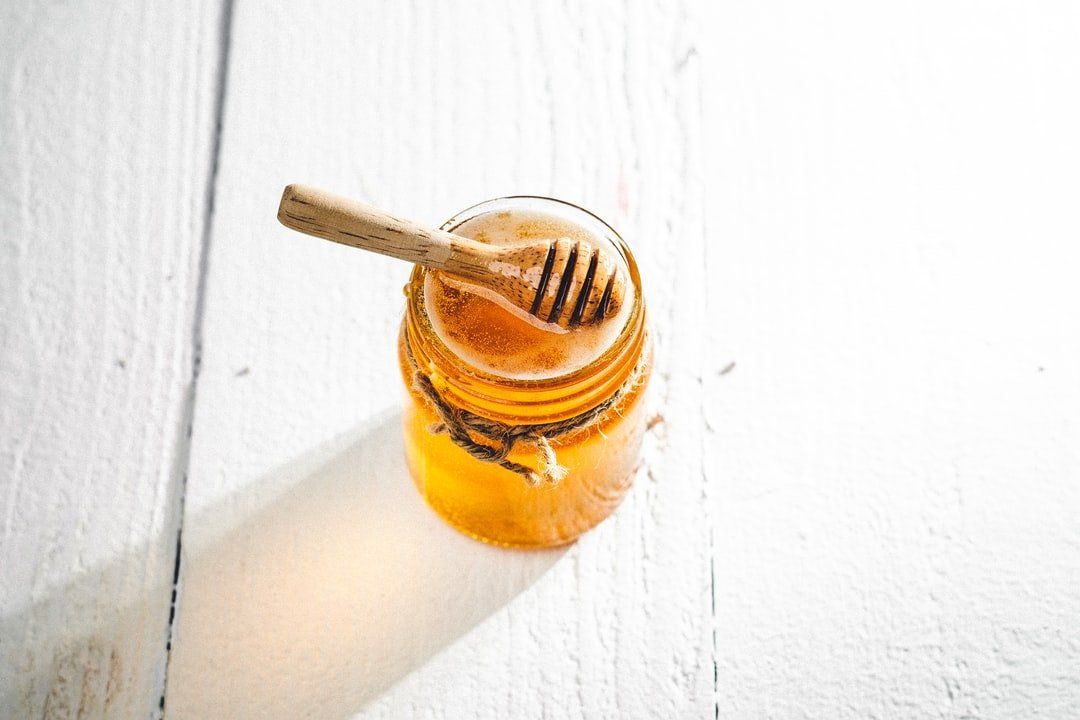Corbezzolo honey vs manuka honey
Corbezzolo has higher properties of Polyphenols and Flavonoids than Manuka honey and this is not all, scientists say.
A study published in 2017 by the University of Marche in Italy discovered that the Strawberry Tree Honey induces growth Inhibition of Human Colon Cancer Cells and increases ROS Generation and makes a comparison with Manuka Honey. (https://www.ncbi.nlm.nih.gov/pmc/articles/PMC5372629/?report=classic).
Results of this study show the
greater properties of many of the organic content of the corbezzolo honey vs the Manuka honey also demontrating the
potential for being a medical remedy in future for cancer.
The Arbutus unedo unifloral honey is a typical and renowned product of certain Mediterranean regions, such as Sardinia. However, despite its high reputation, there are insufficient data on its phytochemical composition or biological properties yet.
Only a few studies have investigated the organic acid profile of strawberry tree honey (STH), and its melissopalynological and physicochemical properties . STH expresses exceptional antioxidant properties due to its high amounts of phenolic compounds, mainly flavonoids and phenolic acids. Homogentisic acid (2,5-dihydroxyphenylacetic acid) is the main phenolic marker of the STH and particularly known for its attractive antioxidant, antiradical and protective effects, such as defensive actions against thermal cholesterol degradation.
Manuka honey (MH) from New Zealand derived from the Leptospermum scoparium tree (Family: Myrtaceae) has been extensively studied for antibacterial and antioxidant activity, as well as for wound healing mechanisms due to a large quantity of physicochemical properties and attractive therapeutic molecules .
MH contains numerous phenolic compounds, including flavonoids (pinobanksin, pinocembrin, chrysin, luteolin, quercetin, 8-methoxykaempferol, isorhamnetin, kaempferol and galangin) , phenolic acids (phenylacetic acid, phenyllacticacid, 4-hydroxybenzoic acid, kojic acid, 2-methoxybenzoic acid, syringic acid, and 4-methoxyphenyllactic acid) and other compounds (methylsyringate, leptosin, glyoxal, 3-deoxyglucosulose and methylglyoxal).
Several studies have reported that methylglyoxal induces non-peroxide antibacterial activity even at very low concentrations . In a recent study, it was found that MH promotes a wound healing mechanism due to improvement of the antioxidant response by modulating the AMPK/Nrf2 signaling pathway and increases the activity of antioxidant enzymes superoxide dismutase and catalase. In addition, it induces an anti-proliferative effect in colon cancer cells by modulating the apoptotic pathway .
Only a few studies have evaluated the anticancer activity of honey on human colon cancer in vitro by targeting the different molecular mechanisms. Among these, only one study reported the cytotoxic effect of MH on colon cancer and, to date, there are no data on the biological effects of STH on cancer.
The results of the study show the phytochemical composition and antioxidant content of STHs from different Sardinian origins and compare these characteristics with MH values. In addition, the cytotoxic effect was compared and reactive oxygen species (ROS) modulation by both honeys on human colon carcinoma (HCT-116) and Dukes’ type C, grade IV, colon metastasis (LoVo) cell lines. In addition, scientists also observed the cytotoxic effects of both honeys on non-cancer cells (human dermal fibroblast (HDF).
Results of content of the various type of honeys are reported in the tables below.
1)Total Polyphenols and Flavonoids
2) Total Proteins and Total Free Amino Acids
3) Total antioxidant
Conclusions
The presented study demonstrated that STH and MH can induce cell death and increase intracellular ROS generation in colon cancer cells, and that bioactive compounds of honey depend on its floral sources, geographical origins, seasonal and environmental factors which have a significant impact on the antiproliferative and antioxidant potential. In this study, in fact, STH honey from Berchidda area induced more cytotoxic effects compared to MH, possibly due to its significant amount of phytochemical and antioxidant activity. Molecular studies elucidating the pathways for the chemo-preventive activity of this honey are underway in laboratory. These persuasive results increase scientific knowledge of honey and could be useful for the development of a therapeutic candidate for targeting colon cancer.



